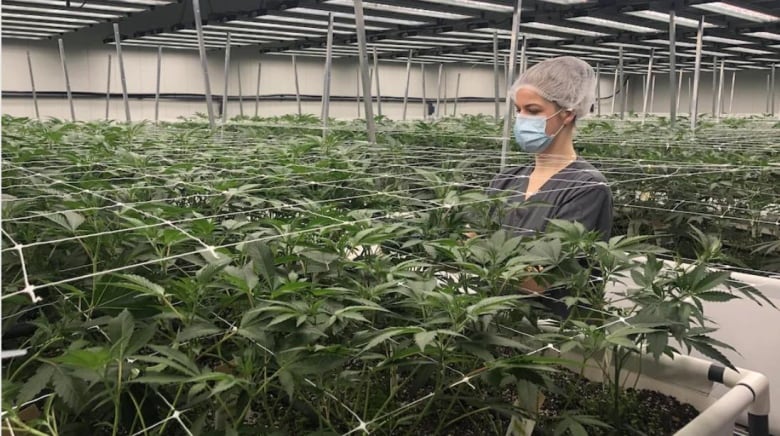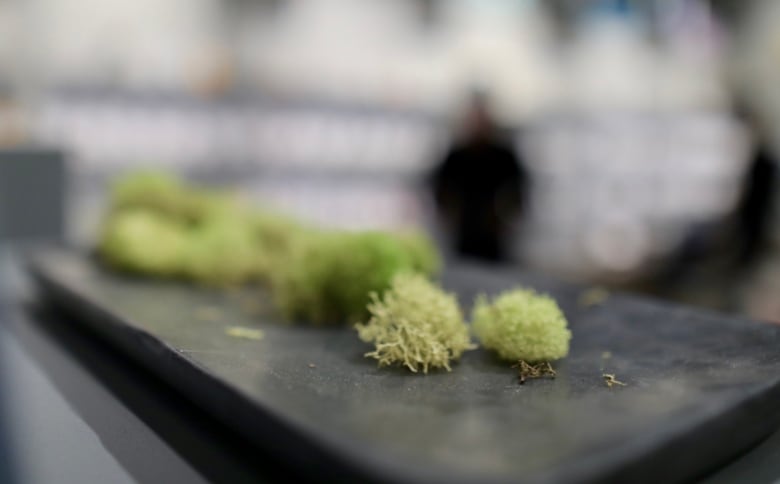
Cannabis retailers and producers hope an upcoming move by Ontario’s pot distributor to lower its price markups will help an industry still struggling to compete with the illicit market.
Ontario Cannabis Store, the Crown agency that has a monopoly on legal distribution in the province, is changing its pricing structure starting in September. The changes will reduce most wholesale markups that OCS imposes on cannabis products it sells to retailers, lowering its profit margin.
What remains to be seen is the impact the reduction will have on prices consumers pay for pot or on the bottom line of cannabis companies.
Lowering the wholesale markups is a good first step by OCS, says George Smitherman, president and chief executive of the Cannabis Council of Canada, the industry group that represents licensed producers.
“There is no doubt that the reduction in markups at the Ontario Cannabis Store is beneficial to the cannabis industry,” Smitherman said in an interview. “We’ll be looking forward to celebrating future steps.”

The cannabis sector in Canada has had little to celebrate recently. It’s going through a grim year of financial trouble, especially among producers.
-
Aleafia Health Inc., a TSX-listed company with three cannabis production facilities in Ontario, announced on Tuesday it’s gone into bankruptcy protection.
-
Fire & Flower, a retail chain with 90 locations across five provinces, filed for bankruptcy protection in June.
-
B.C. producer Tantalus Labs filed for insolvency last month and laid off nearly all its staff.
-
Canopy Growth, one of Canada’s biggest producers, announced 800 layoffs and the closure of its Smiths Falls, Ont., headquarters in February, after racking up $2.6 billion in losses in less than a year.
The business environment for cannabis producers is quite challenging and many are struggling to be profitable, says Smitherman.
“The scenario for a lot of companies is that they just can’t find enough, after fees and taxes and markups, to be able to pay their bills and to justify what was a many, many, billions of dollars of capital investment,” Smitherman said.
He says the OCS markup accounts for “a very significant proportion of the end cost that the consumer pays” for pot.

Currently, the OCS wholesale markup adds on average 31 per cent to what’s called the landed cost of cannabis. That’s the price that licensed producers charge OCS, which includes the federal-provincial excise tax of $1 per gram.
OCS is moving to new markup rates of 25 per cent on most cannabis products and 23 per cent on dried flower.
The agency has reviewed its pricing policies over the past year and believes the time is right to make these changes, says David Lobo, president and chief executive of OCS.
“With this pricing approach, we will be much more in line with a number of other jurisdictions,” Lobo said in an interview. “We’ve been able, with the size of our market, to really put a competitive product out to consumers and I think that’s going to continue to be the case.”
OCS estimates the changes will save the industry $60 million next year.
To put that amount in context: OCS moved $1.1 billion worth of wholesale cannabis and made $184 million in profit in 2021-22. The agency is yet to publish its financial report for the 2022-23 fiscal year.

What happens to pot prices?
People in the cannabis sector say they’re not sure yet how the reduced markups will affect the price that customers pay for pot in Ontario after they kick in on Sept. 11.
“We will see once it’s rolled out where the dollars flow,” said Lobo. “There may be some additional margin room that producers choose to keep, there will likely be some margin room that flows down to retailers and there will probably be some that ultimately flows to consumers.”
A spokesperson for a prominent cannabis retailer says he doubts the changes will significantly bring down the prices that consumers pay.
“I don’t think they’ll see a difference in retail pricing,” said Cameron Brown, communications officer for The Hunny Pot, which has 20 locations across southern Ontario. “I think most products that consumers are buying today on shelves will remain fairly close to the same price.”
Brown says he believes most of the savings will go to licensed producers and retailers will see little of it.
Legal pot has been getting cheaper in Ontario.
Prices have generally dropped since 2019 largely because of a glut of supply as well as the explosion in retail stores, now numbering some 1,500 across the province, says Michael Armstrong, an associate professor at Brock University who monitors the sector.

“There’s lots of competition that has squeezed the margins for both producers and retailers in the cannabis industry in Canada in general, and Ontario in particular,” said Armstrong in an interview.
Despite those squeezed margins, Armstrong believes producers and retailers might still pass some of their savings from the lower OCS markups on to consumers in the form of lower prices in an attempt to carve more market share away from illicit dealers.
Nearly five years after legalization, estimates by OCS and the Cannabis Council of Canada suggest that the illicit market still accounts for more than 40 per cent of sales in Ontario.
“We can’t be selling ounces for $50 just to compete with the illicit market,” said Brown. He said he hopes OCS continues to lower its markups so that retail prices can go down further.
At the same time as it reduces its wholesale markups, OCS will increase the markup it puts on the products it sells direct to consumers from its own website. OCS says that will give private-sector retailers a better chance to compete with the provincial agency on price.












